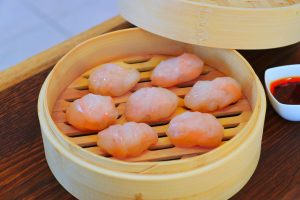
Spring Rolls vs Egg Rolls: What’s the Difference?
Spring Rolls vs Egg Rolls: What’s the Difference?
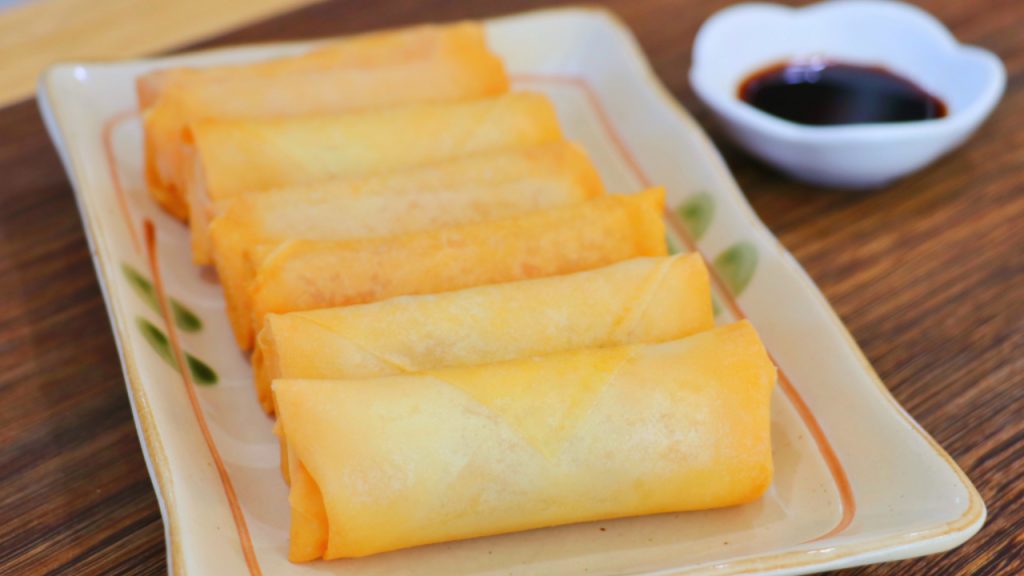
Spring rolls have a long history in China. They are traditionally eaten on Li Chun Day, which marks the beginning of spring on the Chinese calendar, as part of a custom known as “biting the spring” (yao chun). Now, however, they’re commonly enjoyed year-round, both in China and abroad.
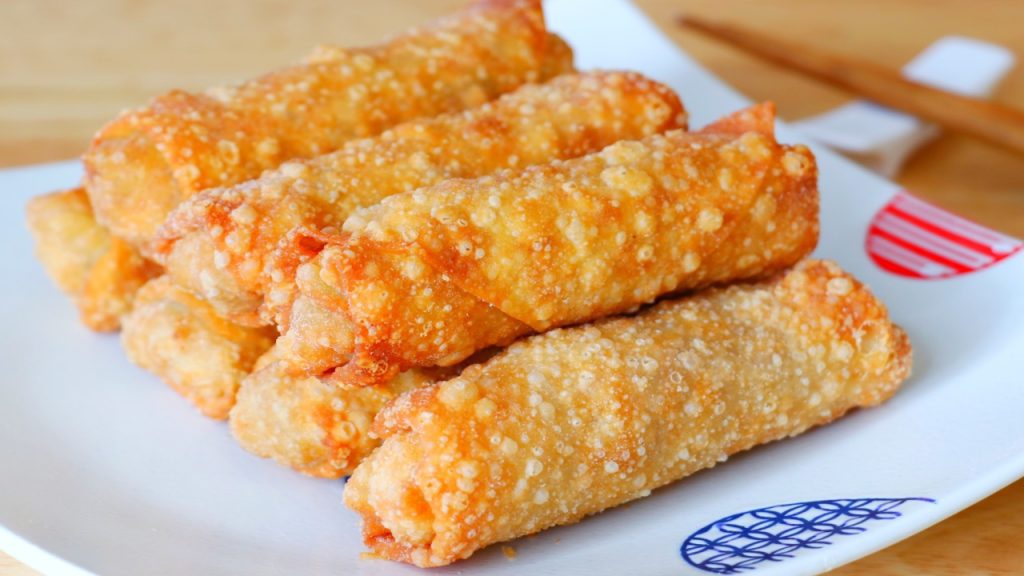
Egg rolls, their American cousins, have a much shorter history: they are believed to have been invented in New York City in the 1930s, by a Chinese chef. Since then, they’ve become a Chinese-American takeout staple.
So how can you tell the difference?
While both are similarly filled, rolled, and deep-fried, the visuals are the easiest tip-off: spring rolls have smooth surfaces, while egg rolls are blistered and bumpy.
Spring roll wrappers are made with flour and water, and are super thin and crisp once deep-fried, prone to shattering into delicate flakes at first bite. Egg roll wrappers, meanwhile, include egg in their dough, and are noticeably thicker, sturdier, and satisfyingly crunchy.
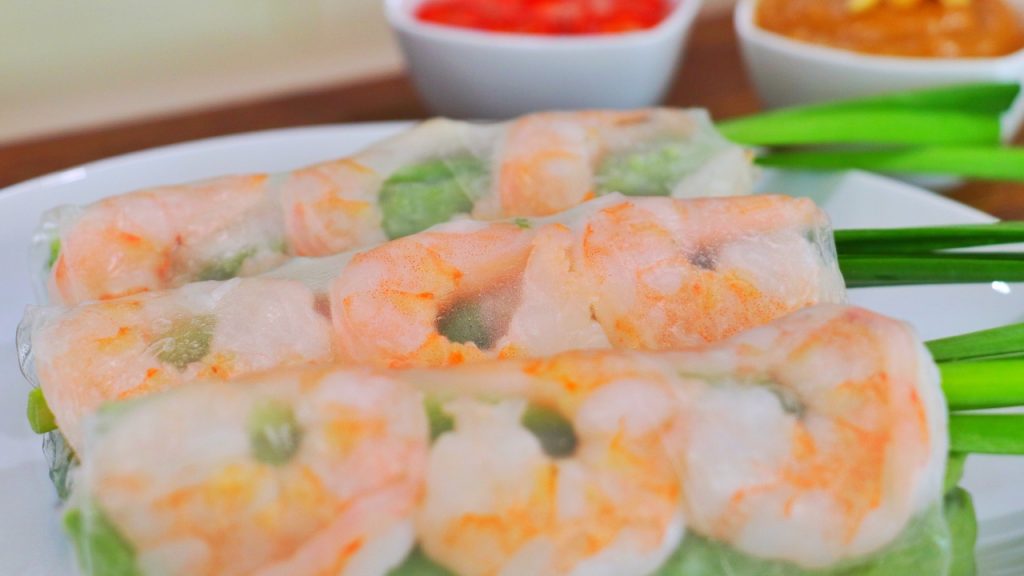
Don’t confuse either of these with Vietnamese summer rolls (gỏi cuốn), also sometimes called fresh spring rolls, which are unfried rolls made with chewy, translucent rice paper wrappers and filled with raw veggies, often along with cooked meats such as pork belly or shrimp.
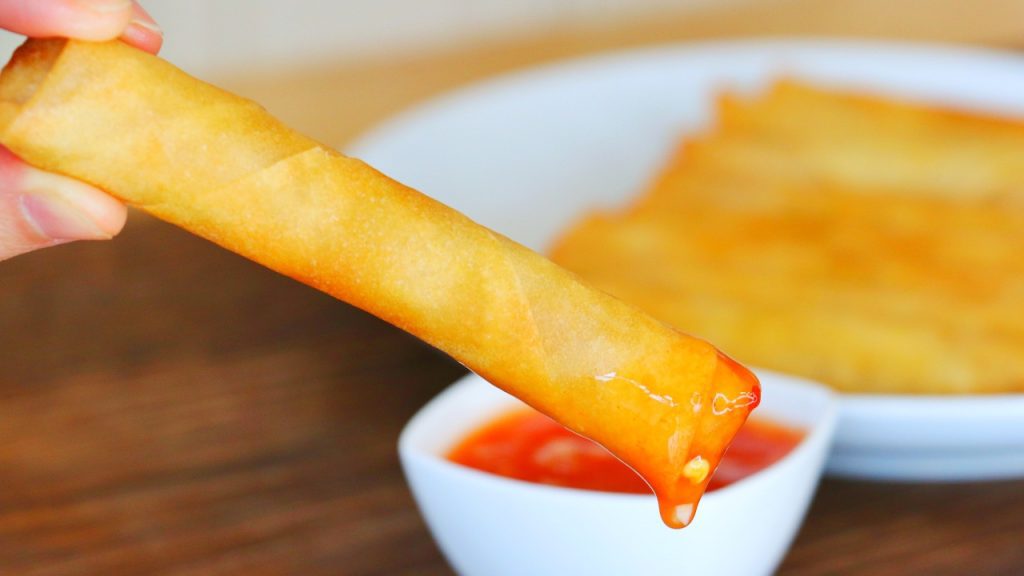
And beyond these, there’s a huge family tree of similar stuffed rolls, fried and unfried, savory and sweet, extending across Asia, from Thai popia thot to Filipino lumpia.
For the recipes, please click on the links:
Spring Roll Recipe: https://cicili.tv/vegetable-spring-rolls
Egg Roll Recipe: https://cicili.tv/chicken-egg-roll-recipe
Vietnamese Summer Roll Recipe: https://cicili.tv/vietnamese-fresh-spring-rolls
Filipino Lumpia Recipe: https://cicili.tv/filipino-spring-rolls-lumpia
Related Recipes
You may also like


Fantastic News: Shen Yun Performing Arts 2025
April 18, 2025
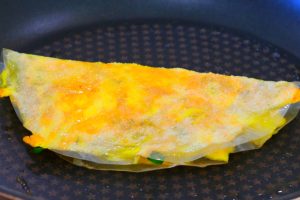
5-Min Rice Paper Omelet Recipe
March 28, 2025
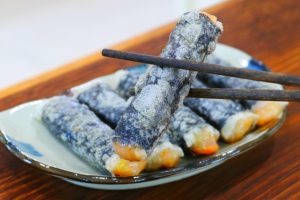
Crispy Seaweed Rolls with Rice Paper
March 7, 2025

Follow CiCi on Gan Jing World!
January 17, 2025
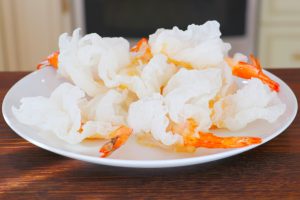
Crispy Shrimp Chips with Rice Paper
January 15, 2025
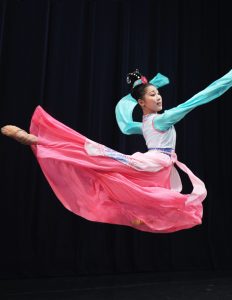
From Refugee to a Principal Dancer: Ellie Rao Shares Her Message
January 6, 2025
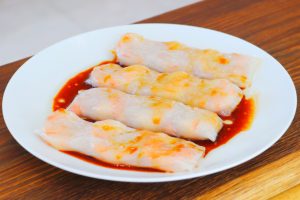
Shrimp Cheung Fun with Rice Paper
January 3, 2025

The Surprising Truth About Shen Yun That Nobody Tells You
January 1, 2025

Not the Shen Yun I Know by William Li
August 22, 2024
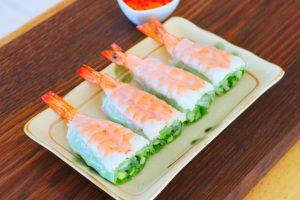
Shrimp Spring Rolls (Summer Rolls)
August 9, 2024
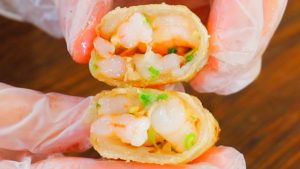
Crispy Shrimp Dumplings with Rice Paper
May 17, 2024

Vegetable Potstickers with Rice Paper
March 29, 2024
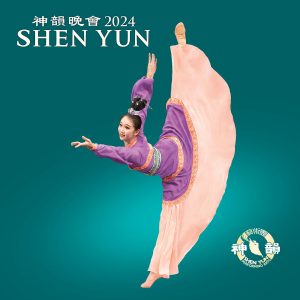
Great News: Shen Yun Performing Arts 2024
March 24, 2024
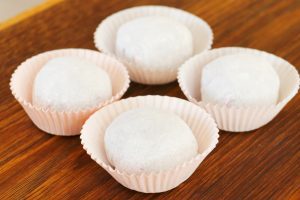
Purple Sweet Potato Mochi with Rice Paper
October 22, 2023
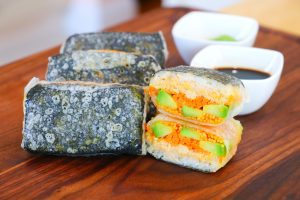
Crispy Tuna Rice Paper Sushi Rolls
July 14, 2023

Crispy Rice Paper Sushi Rolls
April 7, 2023

News: Shen Yun 2023
March 24, 2023

Crispy Salmon Seaweed Rolls with Rice Paper
February 18, 2023
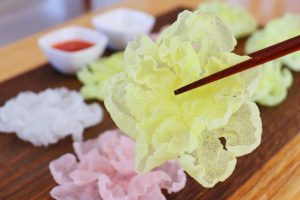
Crispy Rice Paper Flower Chips
November 26, 2022
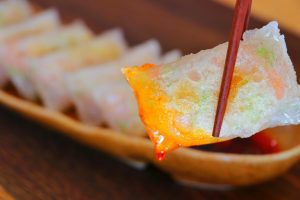
Crispy Shrimp Dumplings with Rice Paper
October 22, 2022
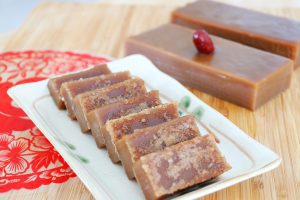
Chinese New Year Sweet Rice Cake Recipe (Nian Gao)
January 30, 2021

Shen Yun 2018
December 1, 2017

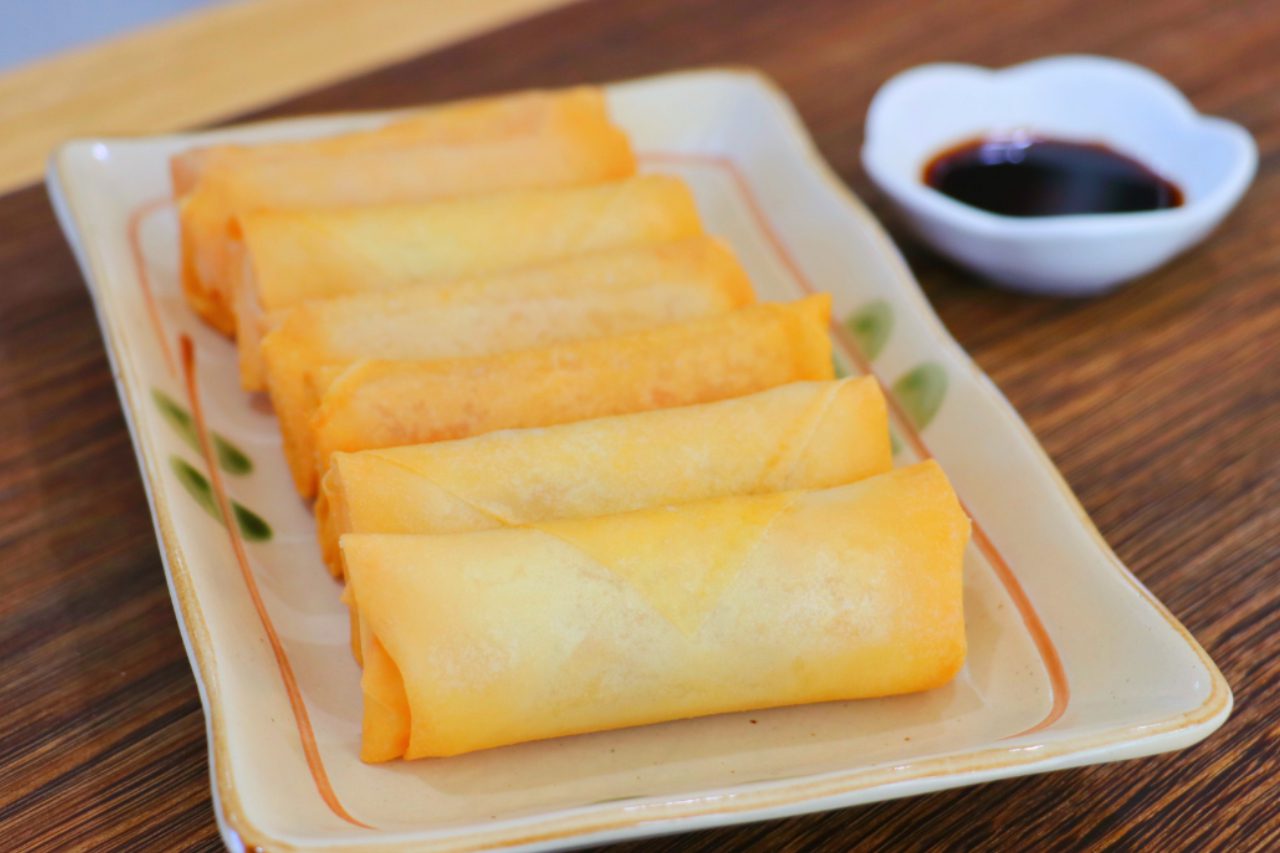

2 thoughts on “Spring Rolls vs Egg Rolls: What’s the Difference?”
Thanks so much, 美女!
You are most welcome, Tom! 😀